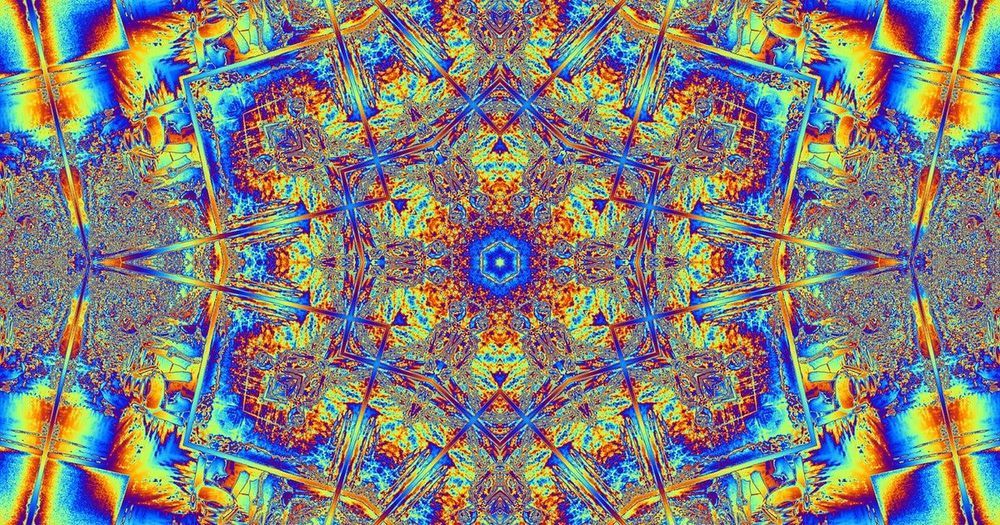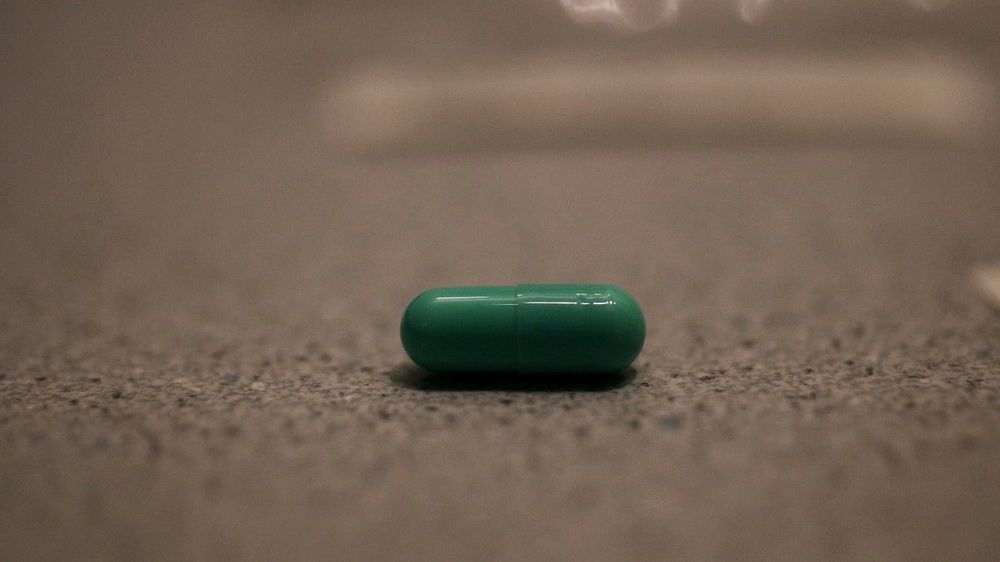Paralyzed patients regain use of their hands thanks to noninvasive spinal stimulation.
Category: biotech/medical – Page 2,423




Killer T-Cell Discovery Could Mean ‘Universal’ Cancer Treatment
A new type of killer T-cell could serve as “one-size-fits-all” cancer therapy.
Researchers at Cardiff University in Wales discovered a different kind of T-cell receptor (TCR)—one that recognizes and kills most human cancer cells while ignoring healthy ones.
The early-stage findings, published this week in the journal Nature Immunology, have not yet been tested in patients. But the team said they have “enormous potential.”

Record-breaking terahertz laser beam
Terahertz radiation is used for security checks at airports, for medical examinations and also for quality checks in industry. However, radiation in the terahertz range is extremely difficult to generate. Scientists at TU Wien have now succeeded in developing a terahertz radiation source that breaks several records: it is extremely efficient, and its spectrum is very broad—it generates different wavelengths from the entire terahertz range. This opens up the possibility of creating short radiation pulses with extremely high radiation intensity. The new terahertz technology has now been presented in the journal Nature Communications.
The “Terahertz Gap” Between Lasers and Antennas
“Terahertz radiation has very useful properties,” says Claudia Gollner from the Institute of Photonics at TU Wien. “It can easily penetrate many materials, but unlike X-rays, it is harmless because it is not ionizing radiation.”


First U.S. case of potentially deadly Chinese coronavirus confirmed in Washington state
The man, in his 30s, is in stable condition at Providence Regional Medical Center in Everett, Wash. Officials said they are monitoring him there out of an abundance of caution, not because he is seriously ill. The man arrived in the United States last week, before federal health officials began screening travelers from the central Chinese city of Wuhan at Los Angeles, San Francisco and New York’s John F. Kennedy international airports, the first such effort since the 2014 Ebola outbreak.